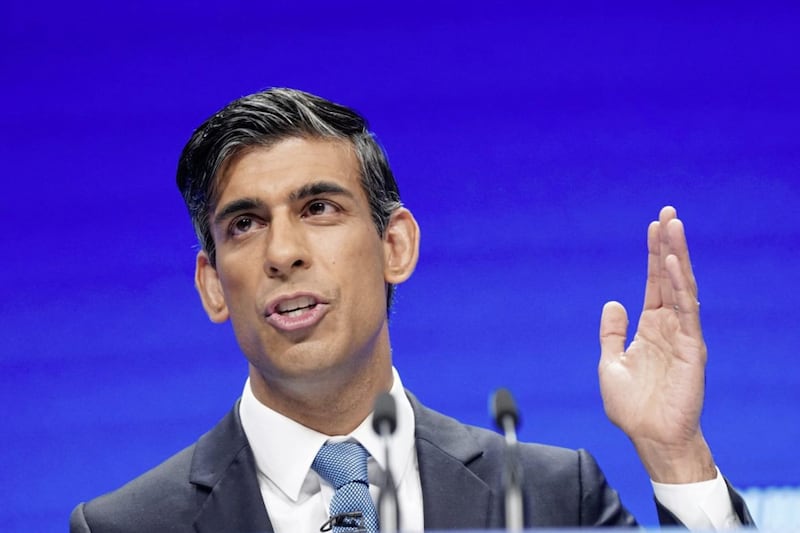QUESTION: What were the main announcements in Chancellor Philip Hammond’s Budget last week?
ANSWER: The Chancellor delivered the first of two Budgets due in 2017. The Spring version came little more than three months after an Autumn Statement that suggested government finances had taken a post-referendum turn for the worse.
However, the latest short-term economic numbers turned out much better than the Office for Budgetary Responsibility’s November projections. This good news gave the Chancellor a little wriggle room, but instead he chose to offset some modest increases in spending – mostly focused on social care – with tax and National Insurance contribution (NIC) rises mainly aimed at the self-employed.
For once, the volume of Budget documents issued by the Treasury shrank significantly, but there were still some surprises to be found in the detail.
The biggest money-raising measure for the government was the cut in the dividend allowance from April 2018 was unexpected and catches not just the targeted owner managed companies but also personal investors with equity-based portfolios worth more than about £60,000 (based on current UK dividend yields) will pay more tax.
Ironically one effect will be to increase the appeal of ISAs, which benefit from a large contribution limit rise next month. Other key highlights include:
• A reduction in the dividend allowance from the current £5,000 to £2,000 from 2018/19.
• A 1 per cent increase in the main Class 4 NIC rate to 10 per cent for 2018/19 and a further 1 per cent addition to 11 per cent for 2019/20.
• A one year deferral in the start date for Making Tax Digital (MTD) for unincorporated businesses and landlords whose turnover is below the VAT threshold (£85,000 from 1 April 2017).
• An increase in the personal allowance for 2017/18 to £11,500 and a corresponding rise in the higher rate threshold to £45,000.
• A new 25 per cent tax charge on transfers to qualifying recognised overseas pension schemes (QROPS), other than for those who have ‘a genuine need’ to transfer.
• Three measures to help small businesses cope with the changes to business rates, due to take effect in April 2017, starting with a new £50 a month cap (in 2017/18 only) for businesses that lose Small Business Rate Relief.
• The publication later in the year of a green paper examining the funding of social care, although the Chancellor ruled out the rumoured ‘death tax’. In the interim an additional £1bn is to be made available for social care funding in 2017/18
The Chancellor resisted making any announcements about future increases to the personal allowance or higher rate threshold, presumably saving some good news for his autumn set piece.
:: PKF-FPM is holding a post-Budget breakfast seminar in the the Quays Omniplex in Newry this Wednesday from 7.30am to 9.30am to help people and their businesses navigate through these uncertain and changing times. Spaces are free and can be booked by contacting Lauren Quinn on 028 30261010 or l.quinn@pkffpm.com.
:: Malachy McLernon (m.mclernon@pkffpm.com) is a director of PKF-FPM (www.pkffpm. com). The advice in this column is specific to the facts surrounding the question posed. Neither the Irish News nor the contributors accept any liability for any direct or indirect loss arising from any reliance placed on replies.








